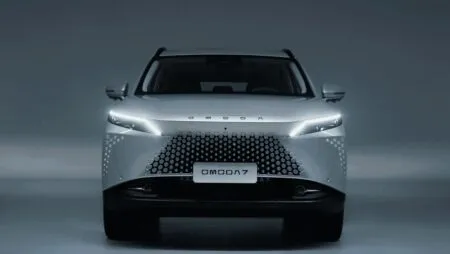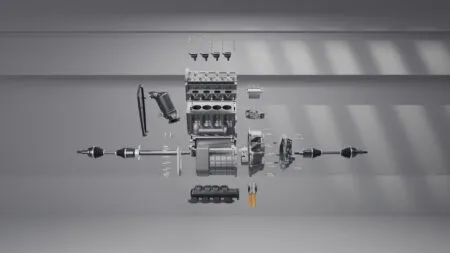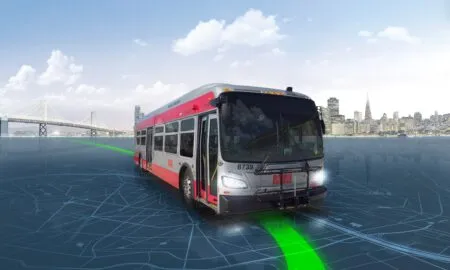Tier 1 supplier BorgWarner is continuing to aid the automotive industry’s electric movement with the development of adaptable modules for P2-type hybrid vehicles, enabling engine decoupling for limited pure electric driving. Additionally, the company has introduced its variable spring absorber (VSA), allowing for further engine downsizing and cylinder deactivation, as OEMs look to improve emissions.
“The future of mobility will be extremely varied – depending on the task at hand, there will be all kinds of propulsion architectures,” said Robin Kendrick, general manager at BorgWarner Transmission Systems. “No matter what the application is, we and our state-of-the-art transmission technologies are ready to support our customers in delivering the fun-to-drive, clean and efficient vehicle of the future.”
Available as both on-axis and chain-driven off-axis designs, the P2 hybrid module combines a high-voltage traction motor, an engine disconnect clutch, a clutch control module and a dual-mass flywheel within a compact package nested inside the motor.
Placed between the engine and transmission, the supplier’s P2 module is compatible with all transmission architectures, including manual transmissions. Moreover, the system works with both 48V mild hybrid power supplies and conventional high-voltage hybrid systems. This means the module can be used as an enabler for cost-efficient electrification, in line with industry trends.
Previously, high levels of downsizing were deemed undesirable as the resulting torsional vibrations coming from the engine exceed the performance limits of current dual-mass flywheel absorption systems. As these vibrations are passed onto the driver, there is a negative impact on the driving experience. Positioned directly in front of the transmission input shaft, BorgWarner’s VSA is able to alter the frequency of its spring-mass system to absorb vibrations while driving, reducing the minimum engine speed at which cylinder deactivation is viable. The Tier 1 supplier claims fuel savings of 3-7% depending on the drive cycle and the deactivation strategy.





